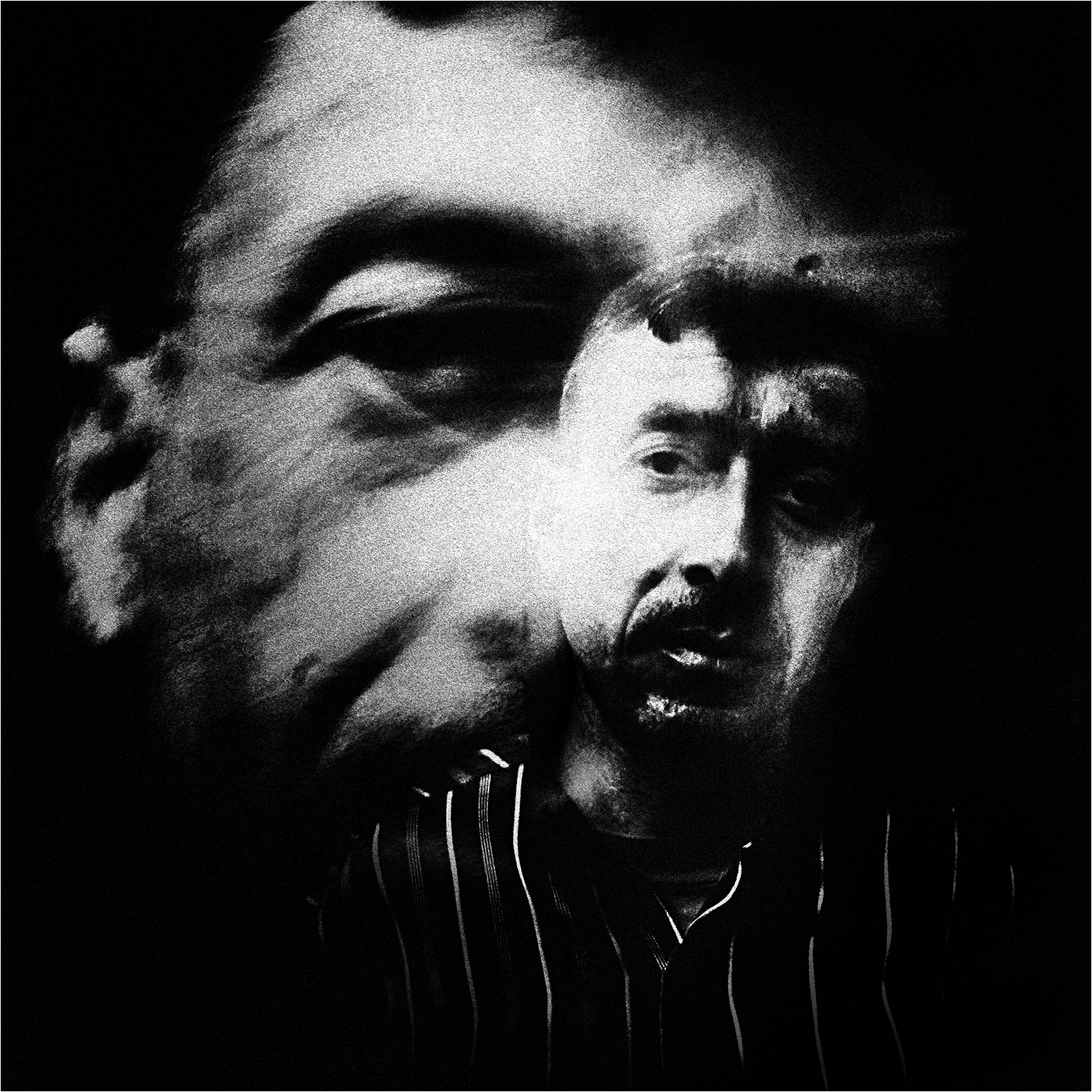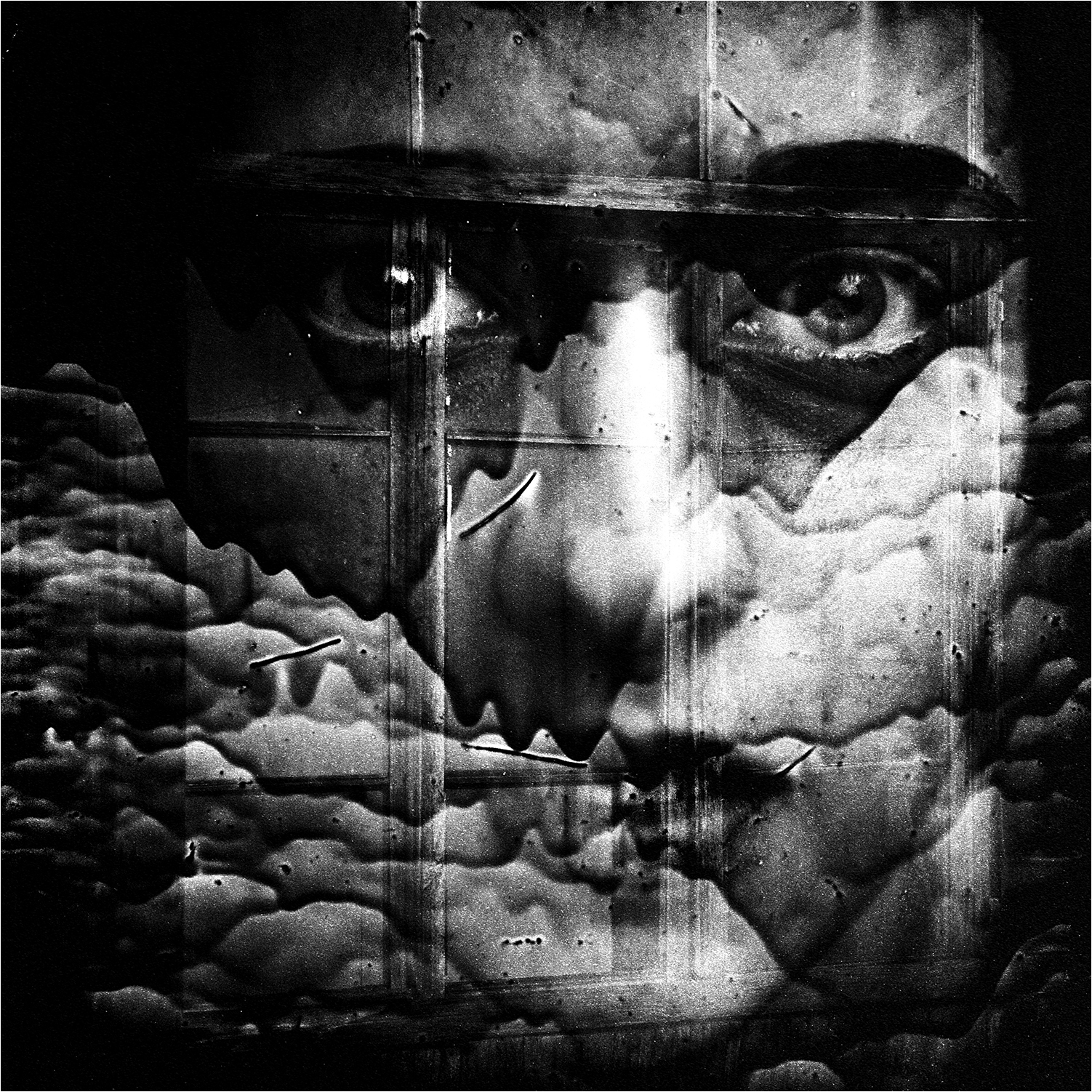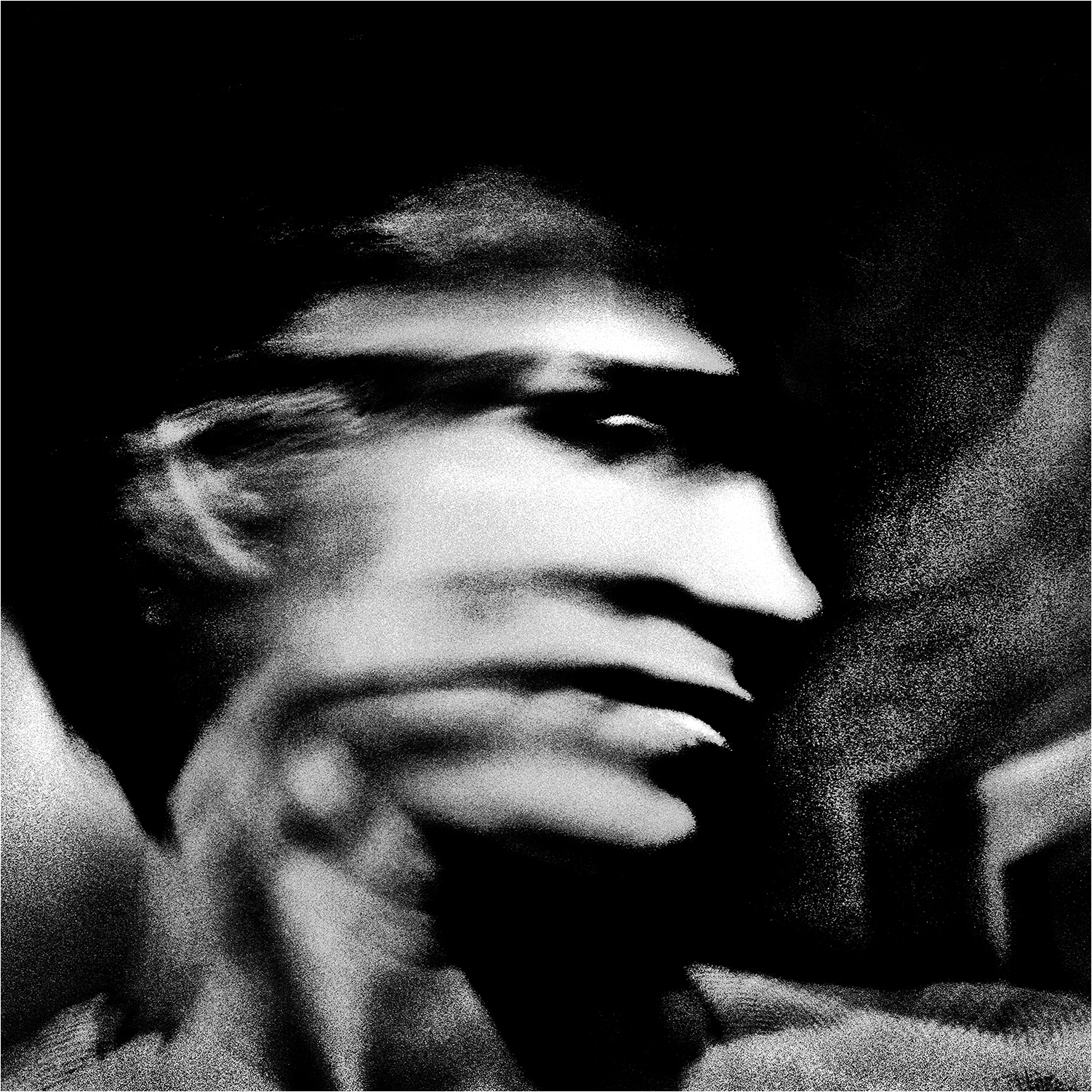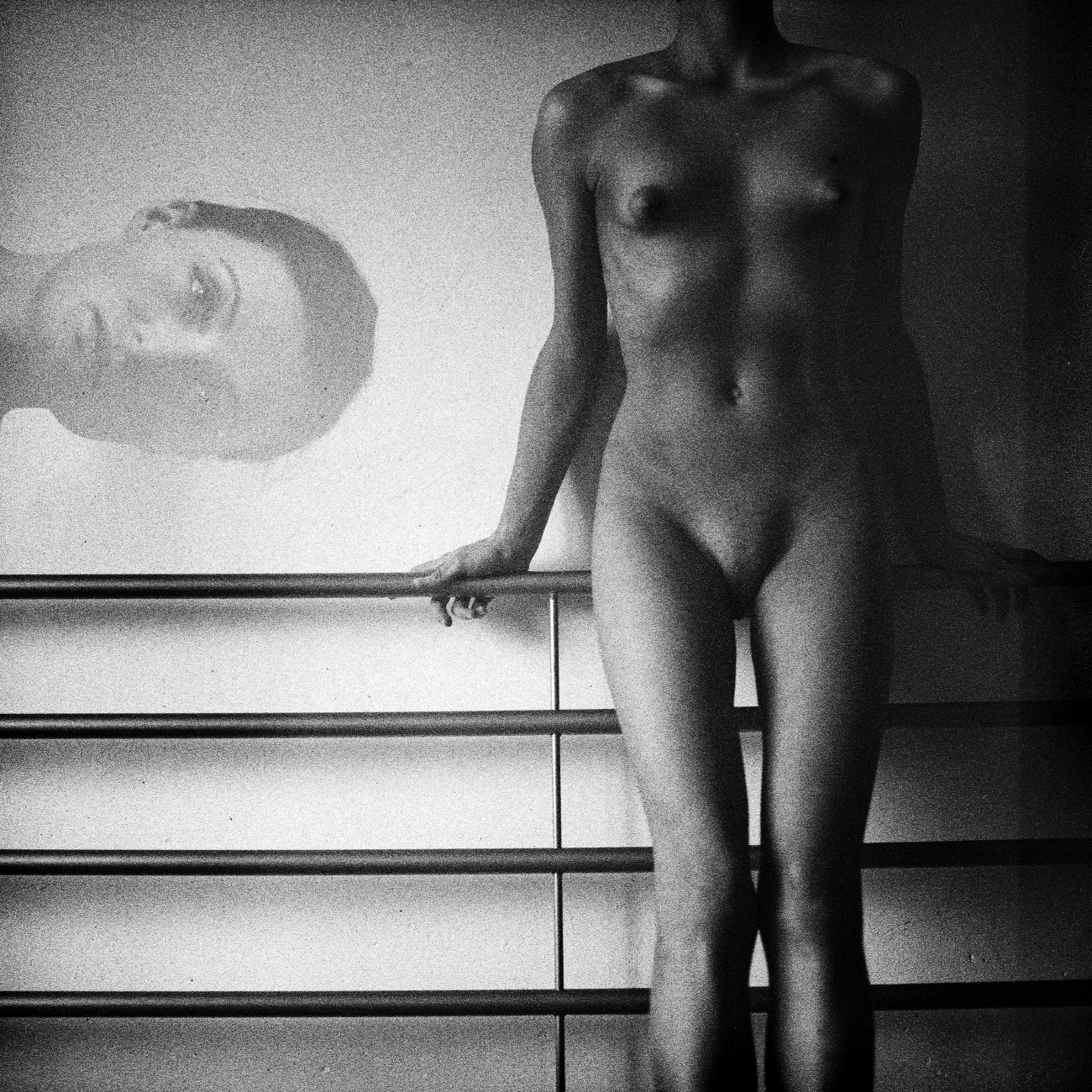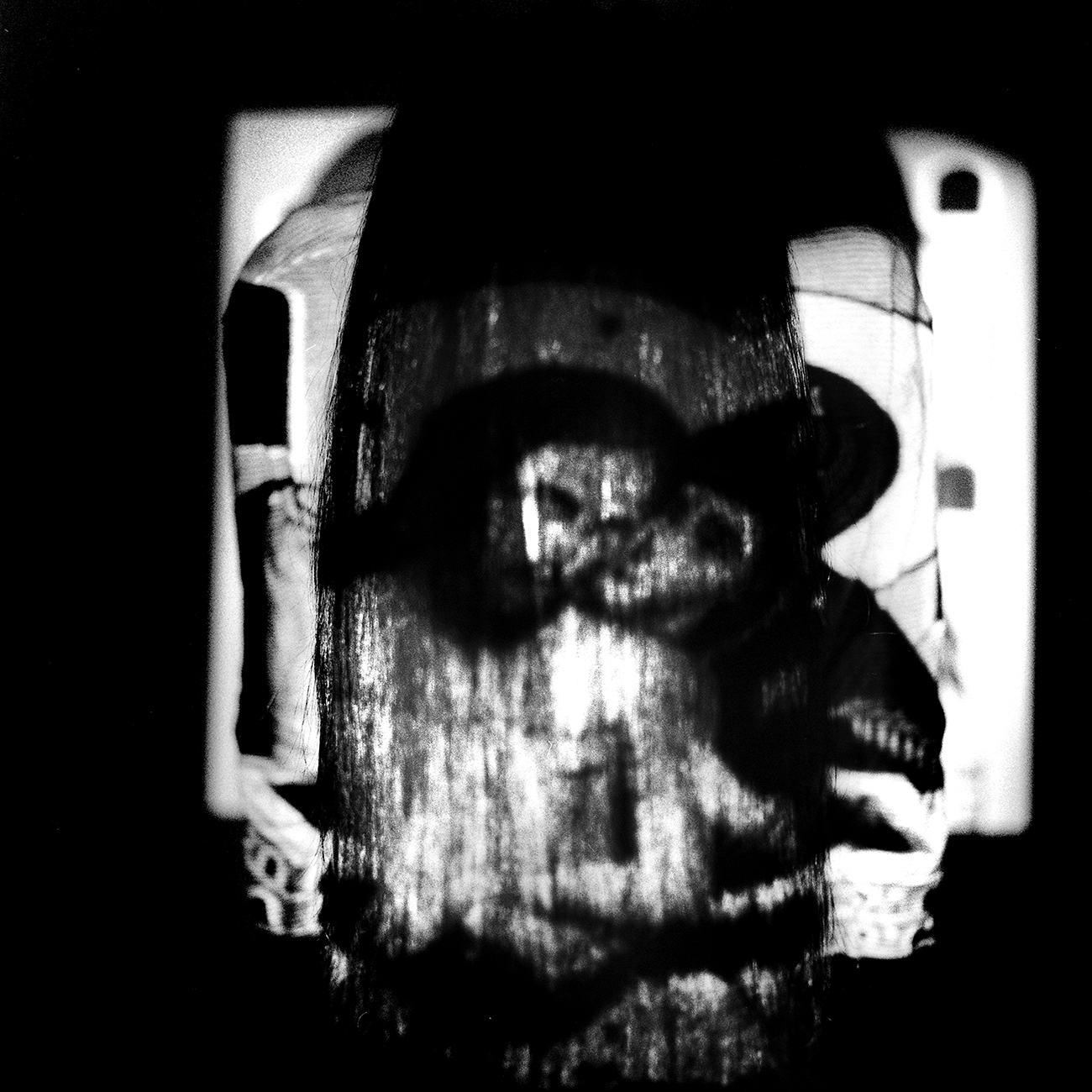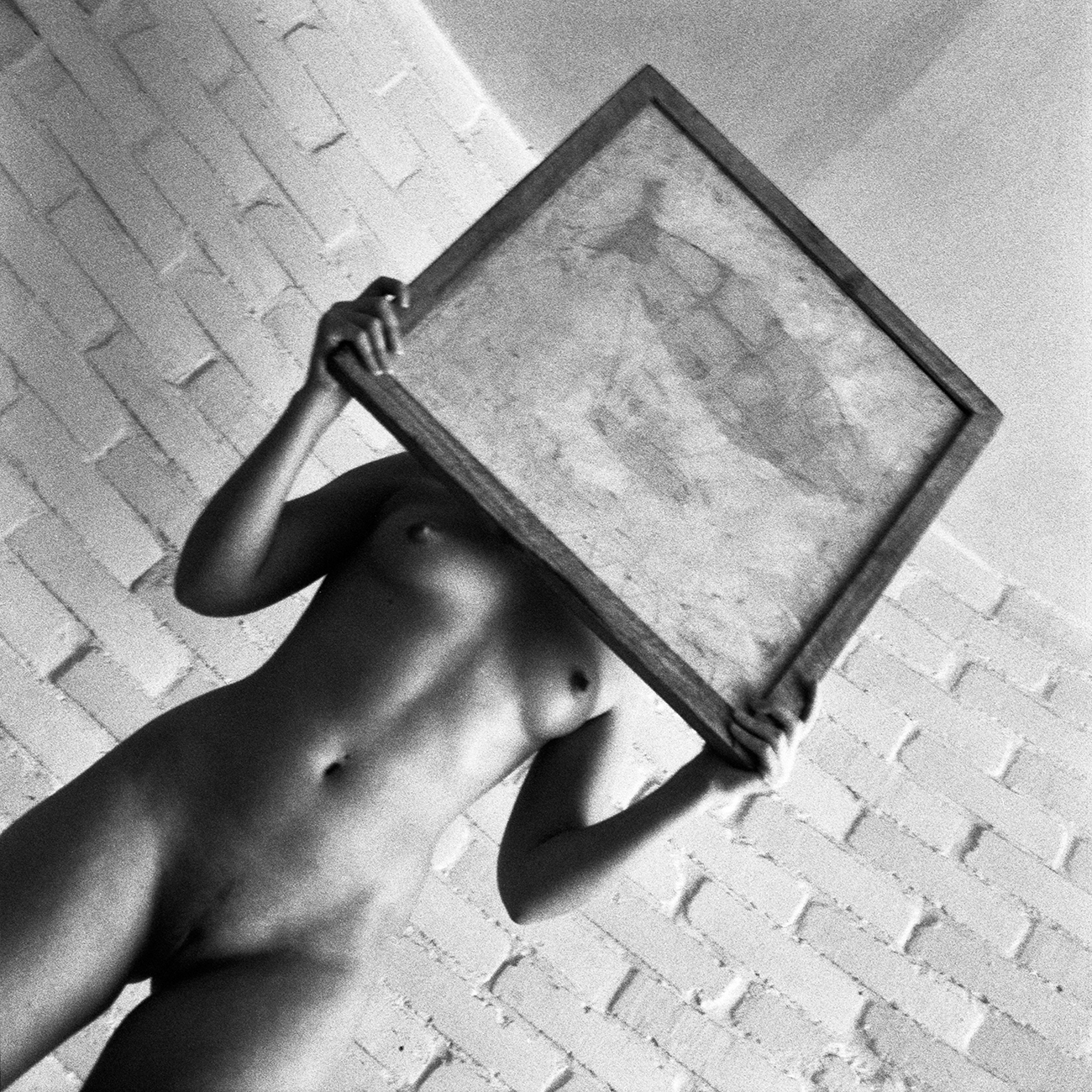“Personal Paradigm”
“A reflection of the personal spirit”
The images that live within—dreams, memories, projections of consciousness, blurred traces of the past—form an elusive yet defining structure of existence. Spaces once inhabited by the body, voices dissolved in time, glances left behind in the infinity of the night—all of these continue to live in the depths of memory, creating a multilayered landscape of inner reality.
The world is not absolute but a subjective construct woven from sensations, experiences, and associations. Everything perceived passes through a personal prism, turning into a reflection of one’s inner state. The faces in the darkness, barely discernible through the play of light and shadow, do not belong to anyone specific; they are projections, indistinct traces through which something greater than the individual emerges. In them, we do not see individuality but universality, not a portrait but a symbol, not appearance but an inner essence dissolved in time.
These images seem to arise from the void, crossing the threshold of nonexistence. They are transient, unstable, existing in a state of becoming. Their boundaries are blurred, their forms fluid, filled with multiple meanings, overlapping like layers of memory resurfacing from the depths of consciousness.
The layering of images creates a multidimensional effect: faces appear like imprints of the past, marks on the surface that conceal entire histories. Figures reminiscent of ancient cave paintings are carved by time like scars of experience. They are not merely depicted; they are engraved onto the surface of perception, serving as evidence that life leaves traces yet never retains fixed forms.
The stark contrast between black and white intensifies perception, extracting faces from the darkness, creating the illusion of emergence from emptiness. These images balance between disappearance and presence, between reality and dream. They remind us that identity is not a static form but a process—a movement between light and shadow, between clarity and oblivion, between self-awareness and the loss of self.
There is no portrait here, no final image. There is only a moment of transition—a constant oscillation between what has already vanished and what has yet to take shape. Faces become boundaries, transitional states, questions without answers. They do not demand identification, nor do they ask to be named. They simply exist—as a reminder that a person is always something greater than a reflection in the mirror, something beyond a fixed image.
This is a search within the fluid space of uncertainty, where every glance at the mirror of reality shatters into new meanings, creating an endless play of reflections. It is a question without an answer, and at the same time, the very process of searching for that answer, turned into a visual form.
“Emanation”
Life without aggression or aggressive being? The choice faced by any individual during his material existence. The way from the divine beginning, stepping back into complete aggression is reality. Emanation is a religious philosophical term, meaning the transition from the divine beginning to the everyday reality, regression, the transformation of spirituality into a simpler given.
Aggression is a specifically oriented behavior aimed at eliminating the obstacles that create the physical and mental integrity of the organism. The causes of aggressive behavior can be found in innate instincts.
This is a solid personal disposition, the instinct of death. Her motive is a pleasant emotional shift, which comes in the wake of aggressive behavior.
You always choose the road yourself. If you can resist the emanation, it will probably reach the state of perfect schastya. Divinity can be seen only in kindness. You can resist aggression with good, kindness fights against evil, only so you can transform evil.
Everyone is looking for the truth, but nobody knows where this truth is. You search for the truth and do not guess that it can be found only in yourself.
The works from the project "Personal Paradigm" were exhibited:
2009 Publication WINZAVOD ART REVIEW Third Moscow Biennale in the center of Contemporary art "Winzavod" Moscow, Russia
2010 Group exhibition "STATIONS: Paris-Kiev-Tbilisi" Embassy of Ukraine in France. Paris, France.
2010 14th international art fair "Art Moscow" gallery "Fotoloft" Moscow, Russia
2011 Group exhibition "Contemporary Art of Georgia" Gallery "Caravan Gallery" Paris, France
2011 Group exhibition "Positions - Georgian artists in Europe" as part of the event "Days of Europe" Tbilisi, Georgia
2011 Group exhibition "human factor" to be held on the streets of Tbilisi. as part of the event "Days of Europe" Tbilisi, Georgia
2012 Personal exhibition "SILENTIUM" Design Factory "FLACON" Moscow, Russia
2012 International festival - biennale "Aluminium" Museum center Baku, Azerbaijan
2013 Publication "Photography in Georgia"
2014 ARTISTERIUM 7 Tbilisi Annual International Contemporary Art Exhibition and Art Events. Georgia



